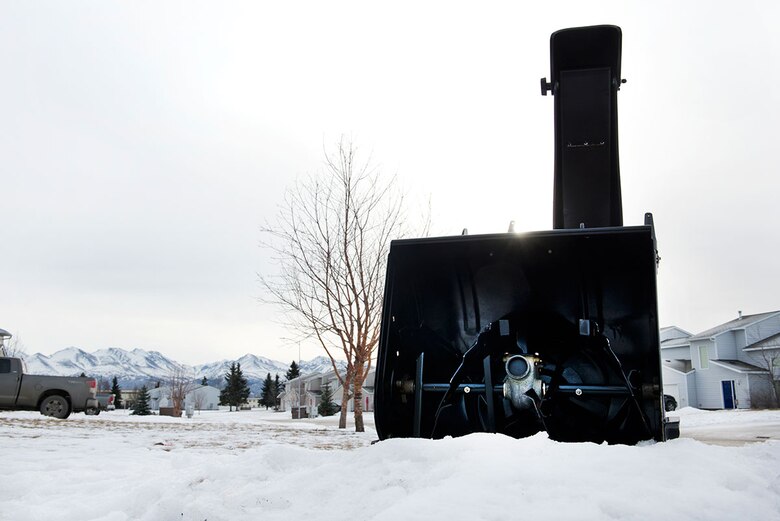Palo verde was designated the official state tree of Arizona in 1954 (legislation defined genera cercidium, however the genus cercidium has actually been updated to Parkinsonia). Palo verde is Spanish for "green stick." Two species of palo verde trees are native to the Sonoran Desert in Arizona; Parkinsonia florida (typically called blue palo verde) and Parkinsonia microphylla (called yellow palo verde). Blooming in the spring (start in late March and continuing until Might), palo verde beetle are stunning trees that include dynamic color to the Arizona desert. Palo verde seeds were a food source for native Americans (the Pima and Tohono O'odham tribes of Arizona); the seeds were dried and ground with mortars to make a flour utilized for mush or cakes.
Palo verde is a relatively little tree that reaches a height of approximately 32 feet and a trunk size of 1.5 - 2 feet. This tree has a deep root system which permits it to tap into the ground water and endure durations of prolonged drought and hold up against serious flash floods (which take place often in desert washes).
Palo verde trees are drought deciduous (sheds its leaves throughout extended droughts, at which time the tree depends on its green stems and branches for photosynthesis). The leaves of the palo verde tree are so small that even during the short duration of the year when they exist (mid July to late November) it counts on the green branches and stems to aid with photosynthesis.
Dead wood is unpredictable since it is fragile, and can not provide under pressure like living tree branches. Fractures are clear indications of potential branch failure, where there will be splitting sooner or later. Poor tree structure (branch structure) is harder for the layman to identify. Search for extreme leaning, long horizontal limbs, crossing branches that rub versus each other and produce injuries, and narrow crotches (V-shaped instead of U-shaped). Multi-trunked trees need unique attention and care. 2 trunks or leaders that are of identical size and have a narrow crotch are not a great indication. To avoid splitting, select one to be made dominant by stunting the growth of the other through pruning (called subordination). Decay, as evidenced by fungal growth or hollow cavities, signifies weakness. Insects, such as the palo verde borer, can worsen a tree's health issue, however they typically target trees that are already sickly.
Root problems, such as stem-girdling roots, while often more difficult to discover, have one of the most influence on a tree's inability to remain upright. Roots are a tree's anchor. If a substantial part of a mature tree's roots have been crushed or cut, or if the tree is still root-bound from the box it was available in from the nursery before it was planted, you might think about eliminating the tree before Nature removes it for you (without warning). Weak roots and a thick canopy is the most dangerous combination throughout a storm. Can you see some sky through the tree? Keeping your trees thin is the single essential thing to do to "storm-proof" them. Quite simply put: the thicker a tree is, the more vulnerable it is to harm in heavy winds. Even for a tree that is otherwise perfectly healthy, overly thick foliage postures a safety risk throughout rainy weather. A thick canopy will not allow the wind to quickly travel through, and the resistance to wind can trigger branches to break and even bring the entire tree down. This particularly applies to weight at the ends of branches, which is why removing just the lower parts of the branches is not appropriate (and leaves the tree with an amusing lion-tailed appearance).
Plant new trees with their fully grown size in mind. Prune annually (or every 2 to three years, depending on the range) even while the trees are still young. Having your trees cut by a professional who understands healthy tree structure is your finest bet for preventing problems.
Your trees will receive the best care from a Licensed Arborist-a specialist who has been certified by the International Society of Arboriculture (ISA). Through experience, they can rapidly acknowledge possibly dangerous defects in a tree prior to they end up being significant threats, or that you may not have actually noticed yourself. If left to worsen, these defects can lead to branch failure, splitting, or loss of the whole tree. Bear in mind, however, that it is not just your arborist's responsibility to look after your trees. There is a lot you can do, too.
Though their strength might differ year to year and from location to area, some form of a monsoon season comes to Arizona every year. Expect its unavoidable arrival ahead of time for maximum protection, and do not wait till after the monsoon is currently underway before thinking about the security of your trees, property, and household. Practice proactive tree care! Any cash invested in preventive upkeep of your trees would more than likely be overshadowed by the unanticipated expenditure of a tree that drops in your backyard, even if it does not lead to tree damage to structures, cars, fences or other structures that would expensive to repair. An ounce of prevention is worth of pound of cure! Once a tree is harmed, there is frequently very little that can be done to fix it. As mentioned on the site of a group of professionals based in Nova Scotia: "When a tree is eliminated it takes years to grow back and we may never see it changed in our life time. Keep in mind, trees are an investment in our future."


No comments:
Post a Comment